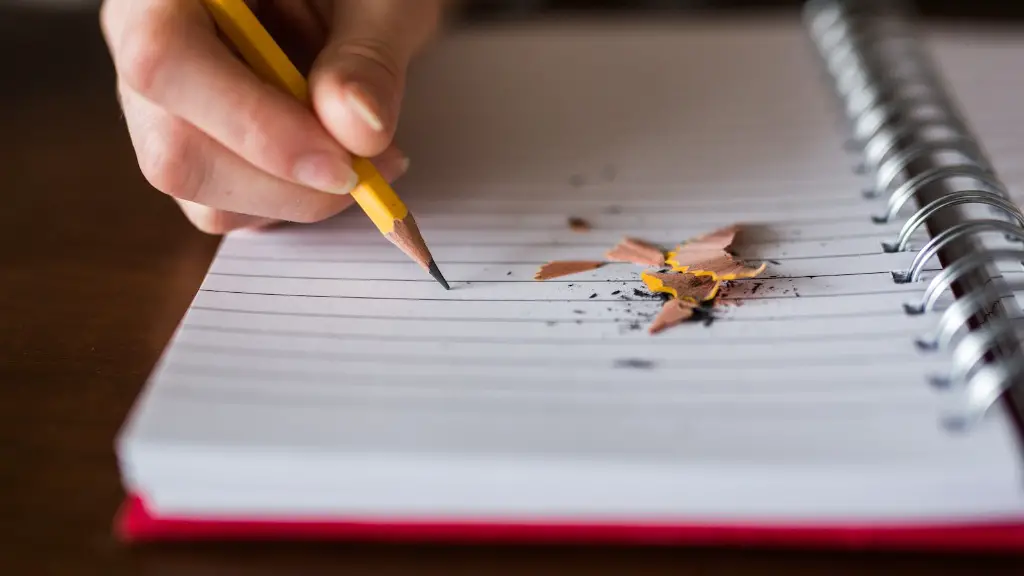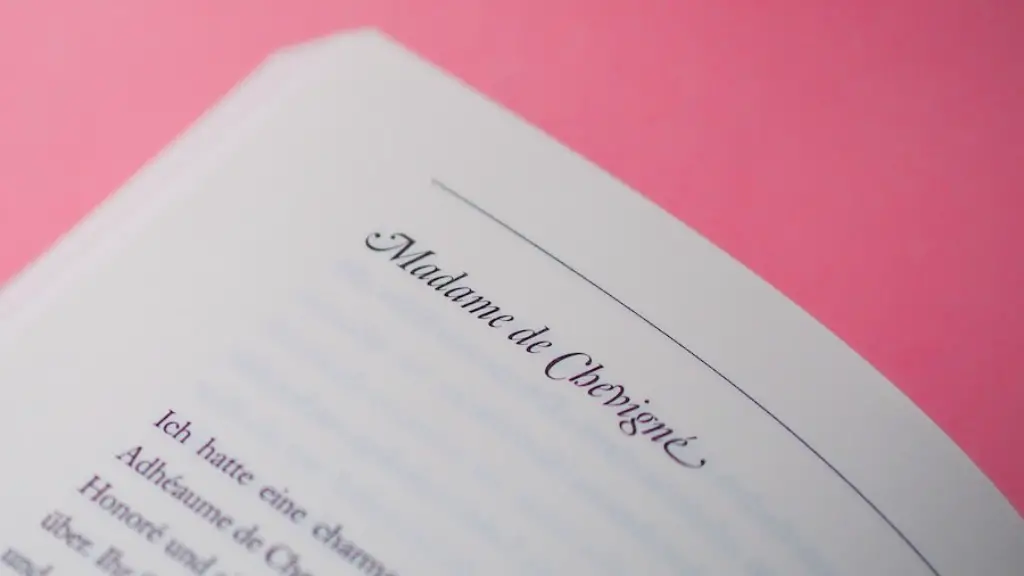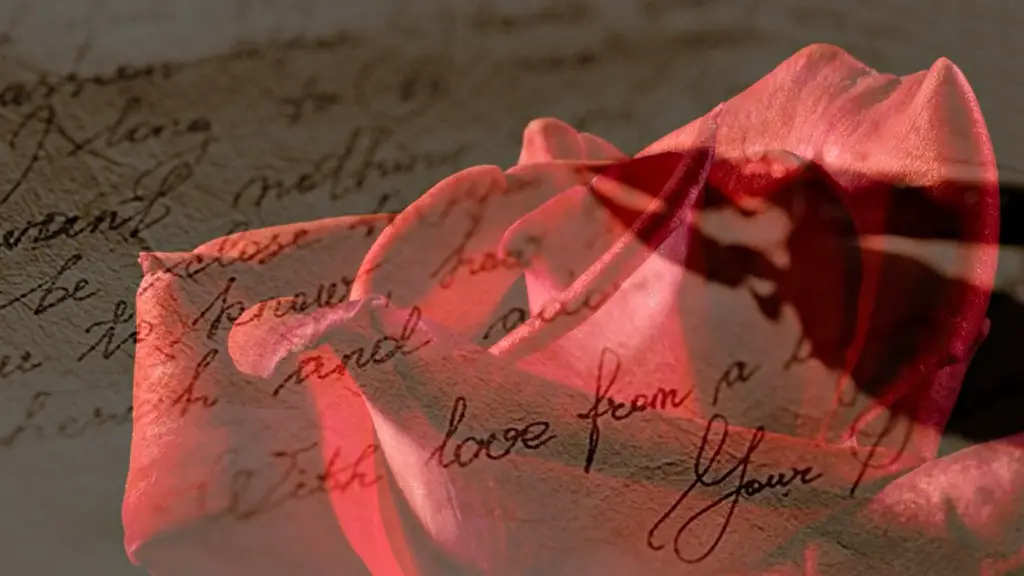Ancient Writing Systems
Poetry dates back to ancient civilisations, when it was used to keep track of history and laws. Ancient writing systems played a key role in the development of poetic tradition and form, though much of this was lost when writing systems changed. The Sumerians were thought to be the first civilisation to create a writing system called cuneiform, which is believed to have started around 3200BC. This system used symbols and glyphs to represent objects, and had different sounds representing syllables, so one glyph could represent multiple interpretations. Cuneiform was also used by the Akkadians and Babylonians, and was eventually adapted into the Hebrew alphabet.
The Greeks, and later the Romans, also developed their own writing system, called the Greek alphabet. This system is said to be the basis of all modern alphabets today and had the largest influence on the development of the poetic tradition, as Greek cultures used the language and alphabet to create complex poetry. This legacy has been carried throughout history, with much of the poetic tradition and form having their roots in the Greek culture.
Types of Poetry
The development of many complex poetry styles can be traced back to ancient civilisations, with the Greek and Roman cultures having the most significant impact. Influenced by their writing systems, the Greeks developed many types of poetry including epic, lyric and dramatic poems. Epic poems were used to tell stories from mythology, often involving gods, monsters and heroes. Lyric poetry focused on expressing emotions and feelings, and resonated with many emotions, evoking feelings of longing, sadness and joy. Dramatic poetry was used to tell stories of real life events, and included creations such as theatre and plays.
Many forms of poetry have also been influenced by other civilisations, such as Ancient Egypt and China. Ancient Egyptian poetry is believed to have been passed down through oral traditions, with its stories highly influenced by the tales and mythology of their gods. Chinese poetry also used symbols representing different words, and later developed the use of rhyme which became popular in their culture.
Middle Ages & Renaissance
During the Middle Ages, medieval cultures used a combination of written and oral traditions to create their own literature. The most common form of poetry during this period were ballads, which were used to tell stories and provide entertainment. Other forms of poetry, such as religious and courtly poetry, were also prevalent. Much of the poetic tradition of this time was heavily influenced by the advancement of Christianity and higher education, with many of the most well-known works of poetry belonging to this period.
The Renaissance period saw a steep rise in the popularity of poetry, with many writers expressing their emotions and ideas in a new and more liberated way. This period is considered to be a golden age of literature, with many poets such as Shakespeare, Dante and Chaucer, regarded as some of the greatest of all time. During the Renaissance, writers began to be more creative in their use of language and form, breaking away from the traditional rules of poetry.
Modern Poetry
Modern poetry has been heavily influenced by the poetic traditions of ancient civilisations and the writers of the renaissance period. Writers such as T.S Eliot, W.B Yeats and Wallace Stevens have pushed the boundaries of poetic form and language, creating unique and creative works that still resonate with readers today.
The advent of digital technology also has had an impact on modern poetry, as it has become easier for writers to share and spread their poetic works. As the popularity of digital media and social media has increased, so have the number of poets, with many now using the internet to connect with readers and share their work.
Impact of Poetry
The influence of poetry and literature extends far beyond the boundaries of traditional literature, with many genres and artistic expressions taking inspiration from poetic works. Music, visual art and performance art have all been shaped by poets, with many popular entertainers, authors and visual artists using poetic forms and language in their work. Despite modern technological advances, poets remain as relevant and influential today as they ever were, and their works remain as powerful and moving as ever.
Poetic Styles and Forms
Throughout history, many different poetic styles and forms have developed and evolved, each with its own distinct style and conventions. From the structured sonnets of the Renaissance to the free-flowing poetry of the 20th century, different styles have emerged to suit different writers and their expression of emotion. Some of the most popular poetic styles include the sonnet, haiku, free-verse, lyric, epic and dramatic.
The diversity of poetry today reflects the ever-changing and developing world, as different cultures, languages and experiences are all connected through the power of the written poem. This ability of poetry to reach into people’s hearts and minds has been, and continues to be, a powerful tool for self-expression and communication.
Writing Poetry
Many aspiring poets find writing poetry to be a rewarding experience, with the opportunity to express oneself and communicate emotions that may otherwise be difficult to convey. When writing poetry, it’s important to remain open to all possibilities, as there is no ‘right’ way to approach poetry.
It is also important to pay attention to poetic conventions, such as form and structure, as this helps to make your poem more powerful and effective in conveying meaning. Understanding the history and evolution of poetry is also helpful, as this context can provide new ideas and inspiration for writing, as well as a greater appreciation of existing poems.
Publishing Poetry
Publishing poetry is becoming increasingly more accessible, with more avenues for writers to share their work and gain recognition. Many authors choose to self-publish their work, as it is an easy and cost-effective way to get your work out in the world. There are also many websites and magazines dedicated to poetry, which can be great platforms to reach a wider audience.
One of the key steps to publishing your poetry is to have it edited. By having a professional editor review your work, you can gain insight and advice on how to structure, refine and improve your poem. It can also be beneficial to hire a professional cover designer to create a cover that reflects the content and quality of your poem, if you intend to publish it through Amazon or other print-on-demand services.
Performing Poetry
Performing poetry is a great way to express oneself and connect with an audience. For writers, performing their poems can be a powerful way to draw attention and reach a wider audience, as well as develop new skills such as public speaking and improvisation. There are many venues and events dedicated to poetry, from small open mics to larger events.
It is important to practice your poem prior to performing it, as this ensures that you not only feel more confident and comfortable on stage, but also that your performance has the desired effect. Using props, movement and voice amplification can also be useful to add an extra layer of impact to your performance. When performing poetry, the most important thing is to have fun and enjoy yourself, which will result in a more engaging and impactful performance.


